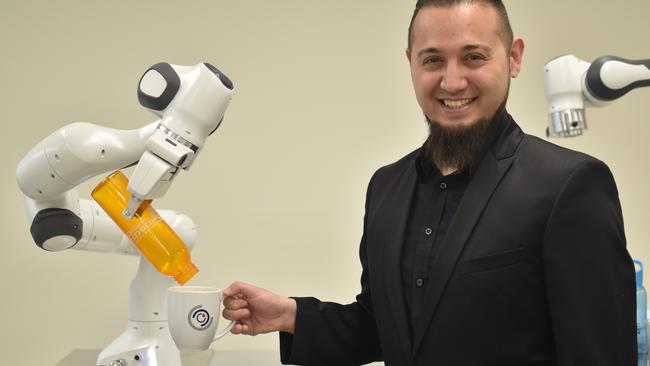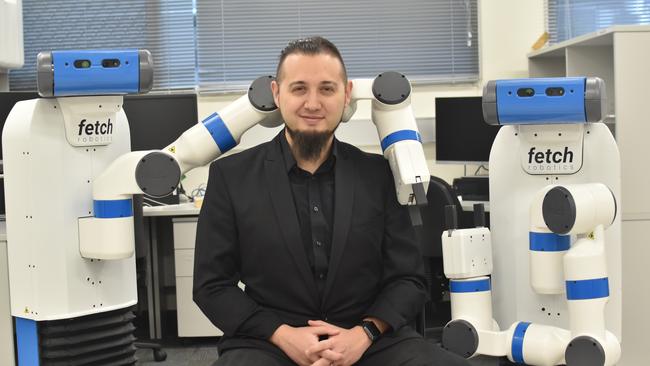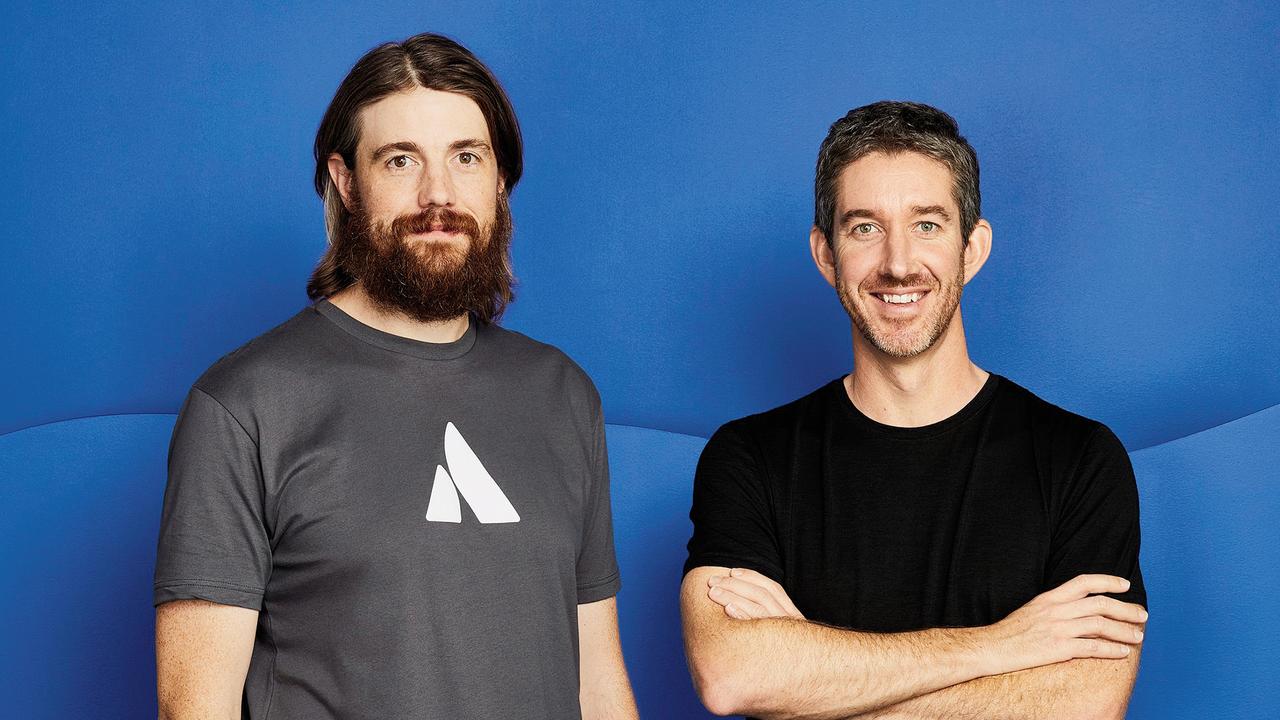The Australian Centre for Robotic Vision is finding ways robots can help around the house
How would life be if you could get your robot to take out the garbage or stack the dishwasher?

Stacking a dishwasher and putting out the garbage is second nature for humans, but for robots these are complex tasks.
Robots tend to be good specialists. Factory robots perform specific tasks repetitively, while social robots are trained to interact in conversation.
Getting a robot to be a generalist, to walk into a new environment and make sense of it using computer vision, and work out how to pick up and handle new objects is complex.
To that end, The ARC Centre of Excellence for Robotic Vision has appointed world leading researcher Akansel Cosgun to head its manipulation and vision research project.
He has already set a goal, for a robot to use computer vision to manage one or two new tasks, by the end of 2020.
“We’d like to enable the robots to see and understand the world like humans do,” he told The Australian. “Our ultimate goal is to develop robots that will be useful and that will co-exist with humans in human environments like homes and offices.
“That can involve domestic chores, like taking out the garbage, tidying up the place and stacking a dishwasher.”
The Turkish academic said heading the project is “a lifelong dream of mine”.
“I love working with robots, and I appreciate being in a position to lead this effort.”
Dr Cosgun said: “It’s challenging to have a robot hold an object or open a door. You can actually compare the capabilities of the robot to children. They’re still not really dexterous in terms of handling objects.”
He said robots also must learn to signal their intentions when operating alongside humans so that the actions are not a surprise.
Dr Cosgun said butler robots could do the “dirty jobs” that we humans would happily give up.
“What we’d like to do for this project is, by the end of 2020, to come out with a demonstration that will feature a butler robot prototype.”
He said the robot would execute a couple of tasks, such as passing an object to a human or bringing them a cold drink from the fridge.
Dr Cosgun is based at Monash University in Melbourne where he is involved in building a robotics precinct. Monash is one of four universities that comprise the robotics vision centre, the others being QUT, ANU and University of Adelaide.
Dr Cosgun replaces outgoing research fellow Jurgen “Juxi” Leitner who is heading to the private sector as co-founder of Brisbane-based LYRO Robotics, focused on creating robotic systems that can pick and pack a large range of objects. He is being joined by centre research fellow, Nicole Robinson.

They were inspired by the experience of winning the 2017 Amazon Robotics Challenge in Japan with the only custom-built robot of its type in the global competition.
Dr Leitner says LYRO Robotics plans to build smart picking and packing robotic systems that can handle a large range of items in logistics and agricultural settings.
“This involves building the eyes, the hands, and the brain,” he said. “There are a lot of really interesting questions that we need to solve to create robots that can see and do in a wide range of application areas.
“I believe there’s great potential in applying some of our research breakthroughs in robotic deployment to have a wider impact on industries and people. LYRO is one avenue to get robots ‘out there’ - out of the lab - to make a real difference.”
Dr Leitner previously worked on artificial intelligence and robotics at the European Space Agency’s Advanced Concepts Team. Deploying robots in space remains one of his major interests.
“Space has fascinated me since I was a kid living in Austria,” he said. “If there is a potential avenue to apply our technique on extra-terrestrial applications, you will surely see me jump on that.
“With the new Space Agency, Australia might join on-going international efforts, such as the Moon Village by ESA and Artemis by NASA.
“Imagine a robot building habitats on the moon using local resources. Another application might be on-orbit servicing, which ties into the space junk problem.”
The ARC Centre of Excellence for Robotic Vision is a seven-year research project funded by The Australian Research Council in 2014. It finishes up in 2020.
In the meantime, the centre will conduct another Robotic Vision Summer School from February 3 to 7 and is taking registrations. It attracts robot researchers globally.




